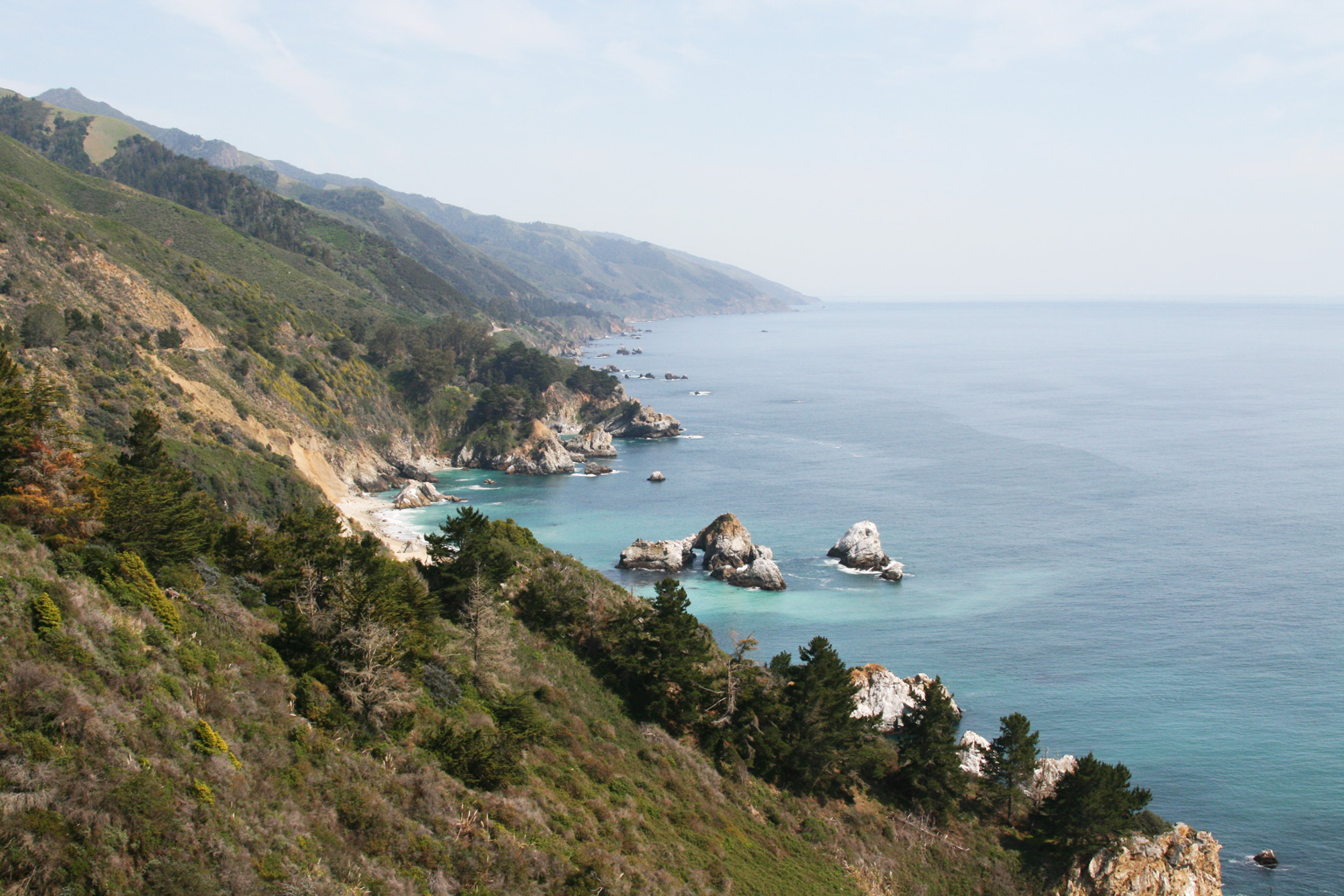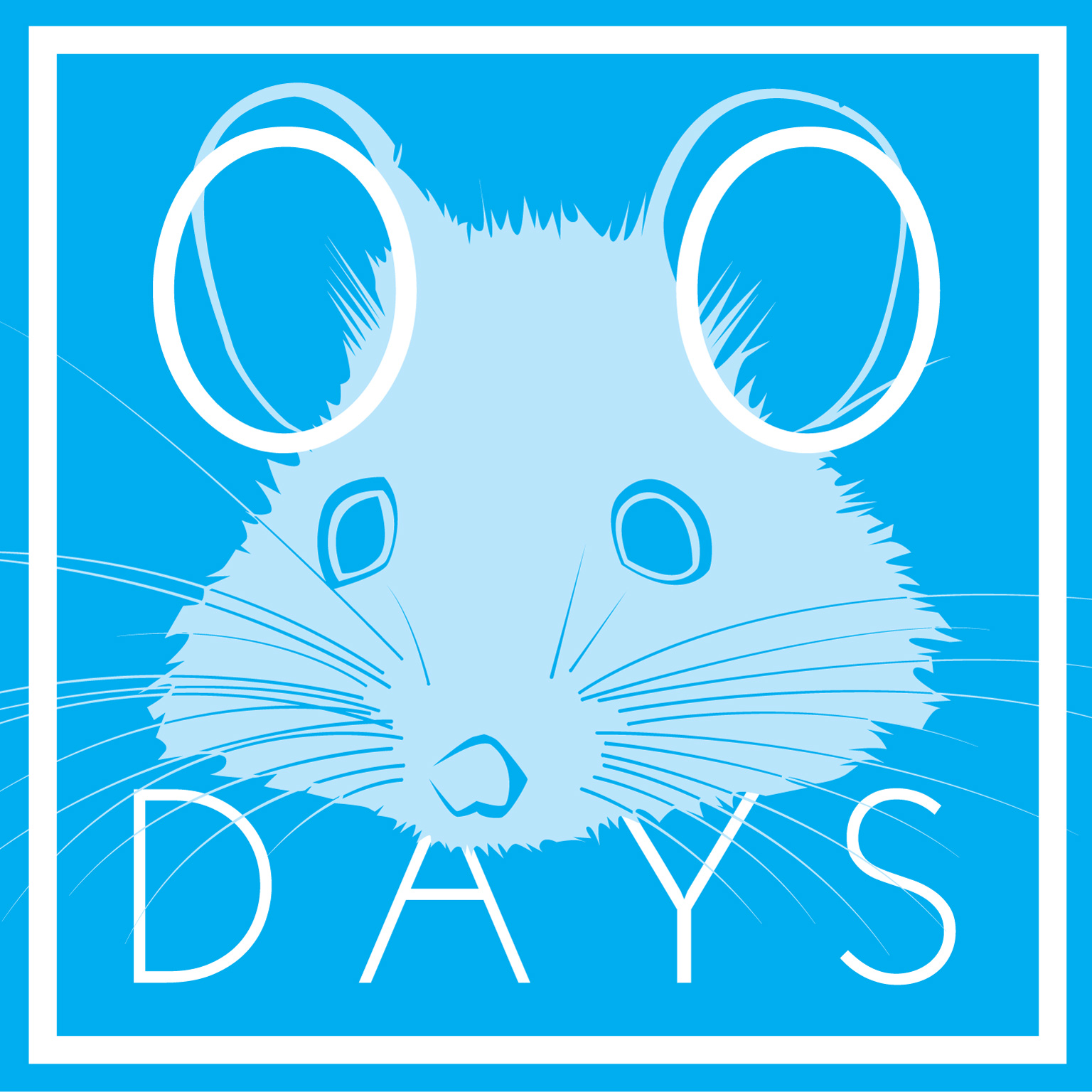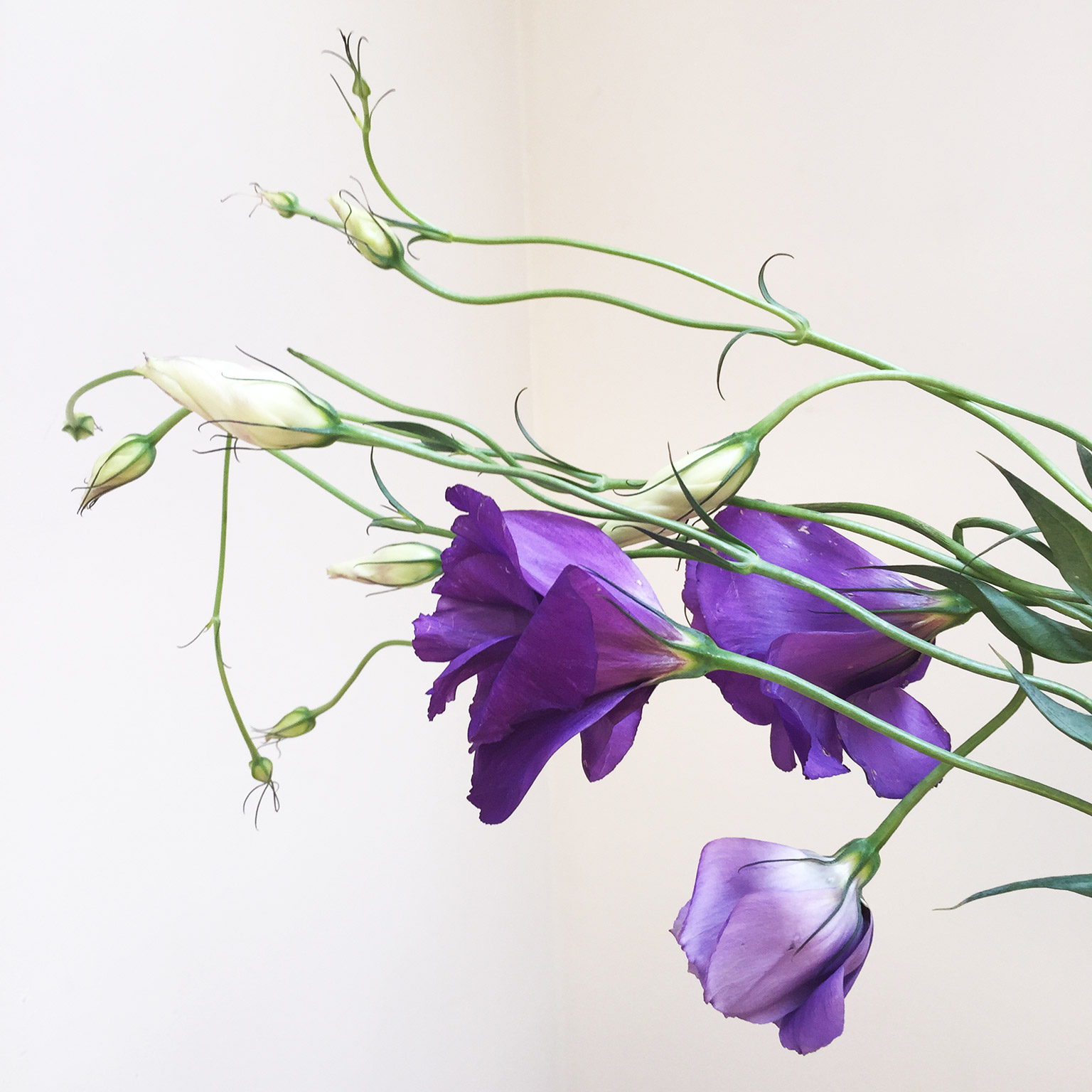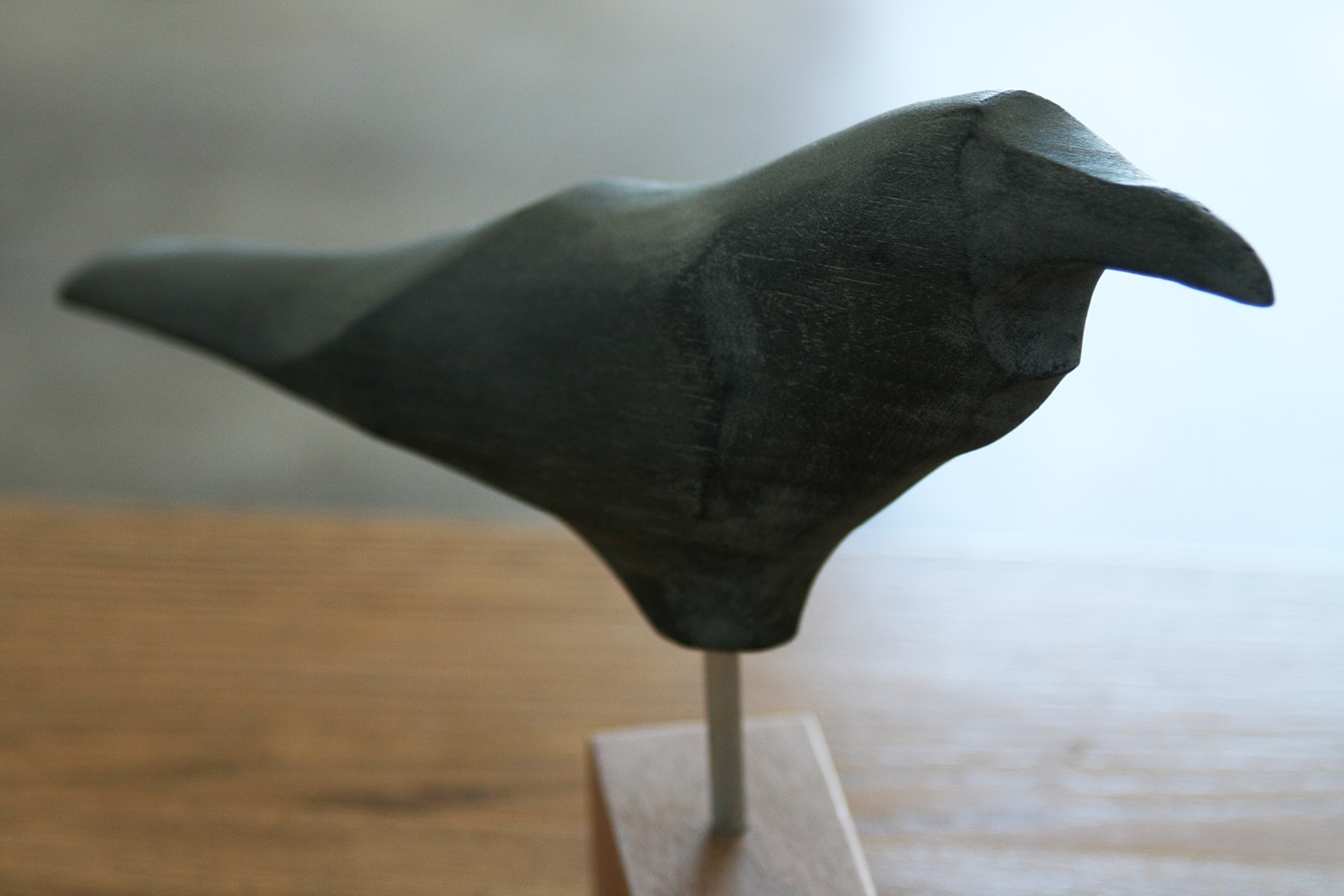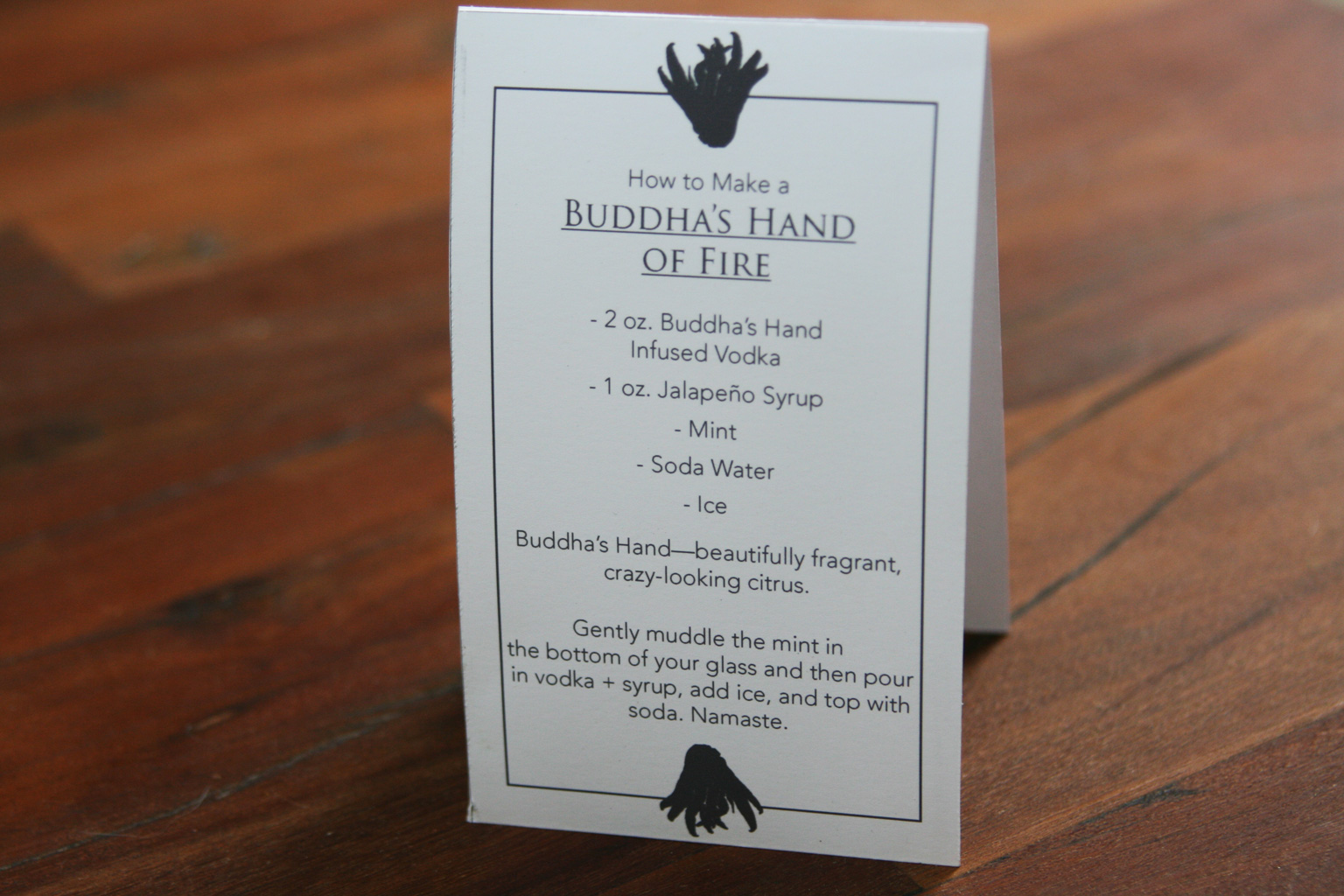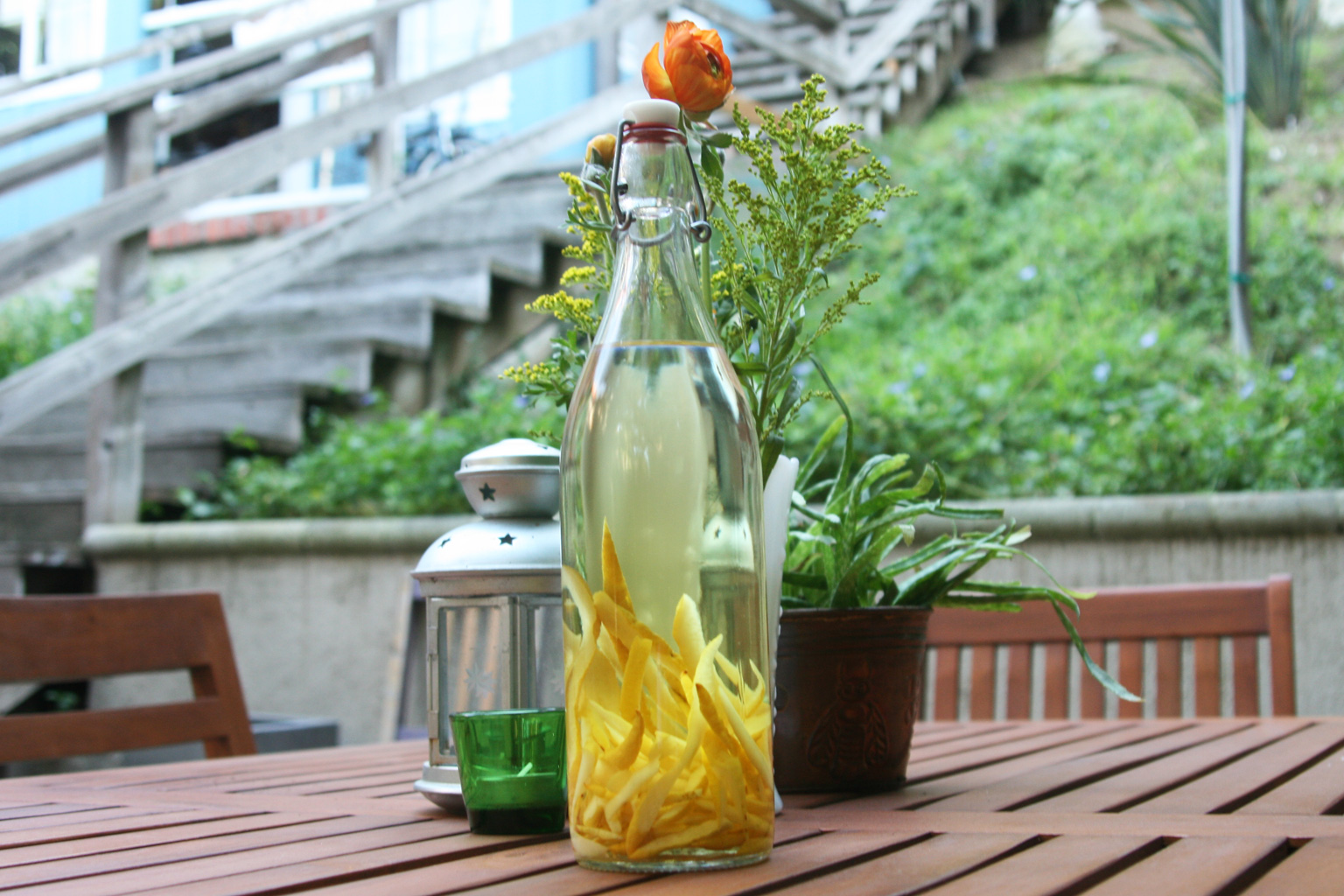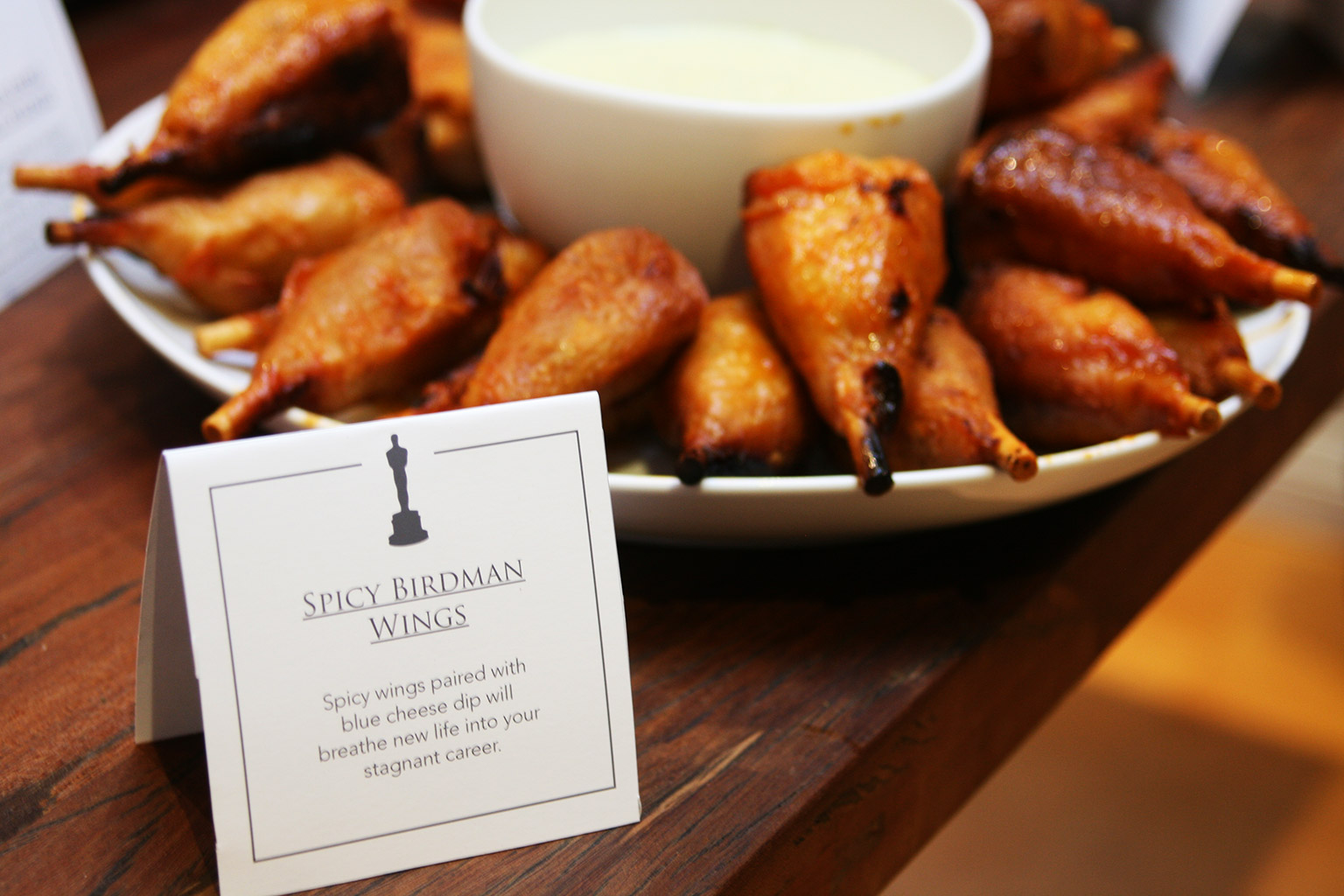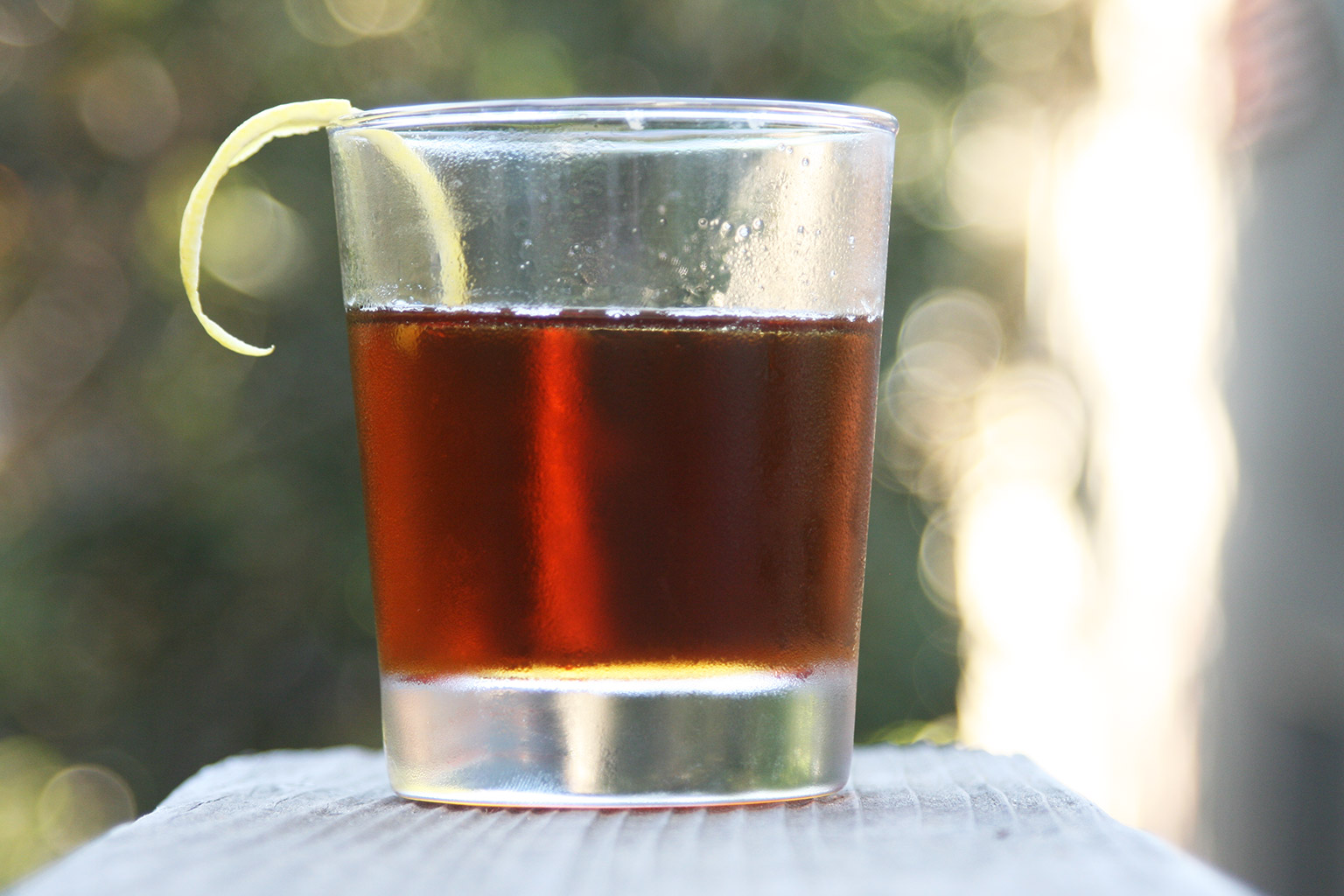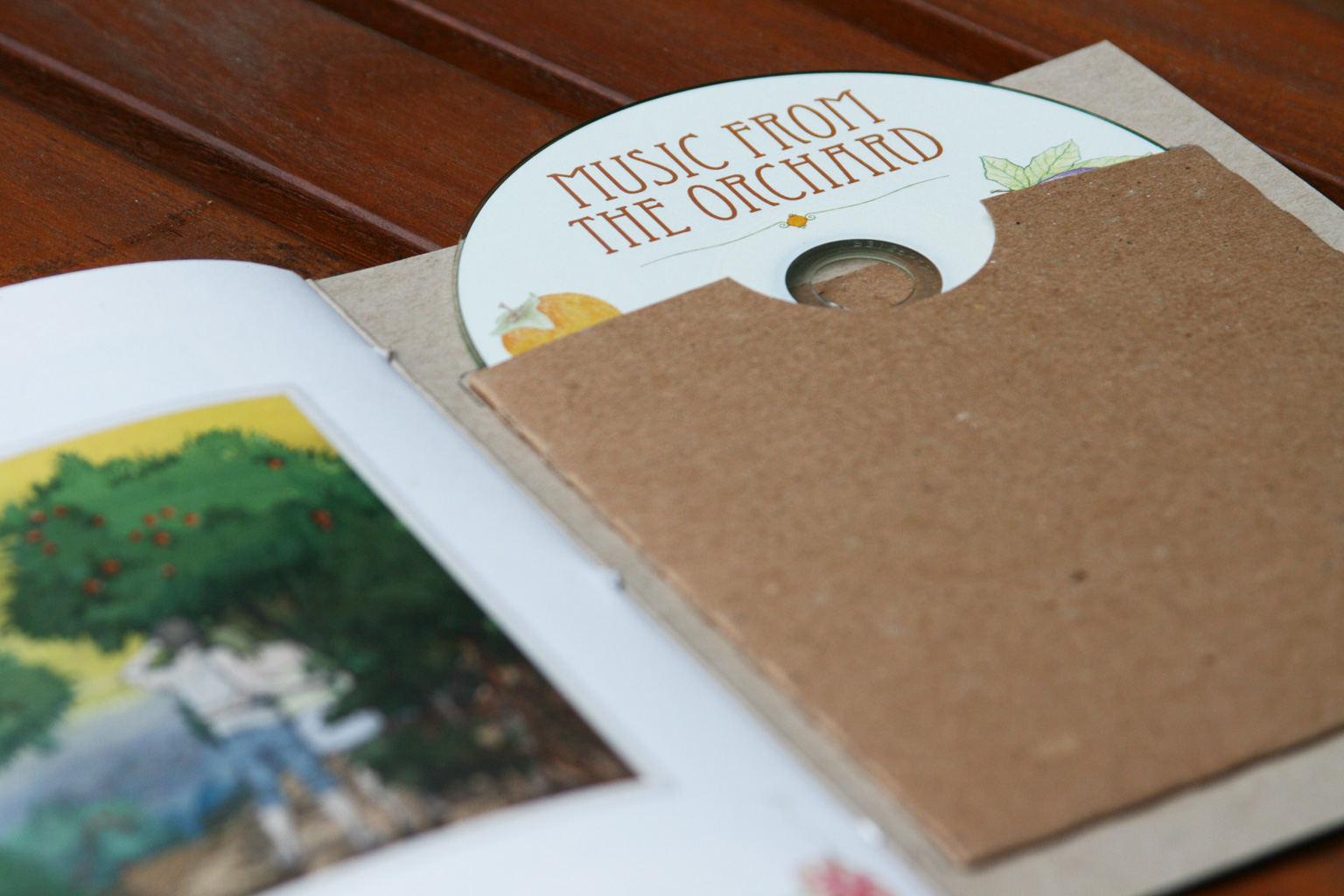April 25, 2014
For most of the US—especially our friends in New York—actual spring weather is just around the corner, which means long days at the beach, grilling out, and not openly cursing as you trudge through the snowy streets. But, as anyone who’s lived in New York knows, the city is fickle and teasing with its seasons and, most years, an upper 70s care-free day can and often is followed immediate by a small blizzard the next day.
So why not squeeze in one last cozy soup recipe before we’re in the clear? And, when I say ‘we’, I don’t at all mean me, obviously. LA continues to boast unchanging, eerily nice weather.
Truth be told, this dish is an all-weather favorite of ours, based on a recipe from one of our favorite cookbooks, Mangoes and Curry Leaves, by (then) married couple, Jeffrey Alford + Naomi Duguid. The couple wrote a number of stellar books before their split that walked a fine line between travel + Eastern culinary arts in terms of subject matter, each featuring beautiful photography of both the food of the regions they cover and the people and culture of those regions too. For us, they represent the perfect introduction to the cultures behind many of the foods we love. And, whereas the recipes included aren’t vegan or even fully vegetarian, as with many non-Western culinary traditions, most of the foods featured are very vegetable-forward and easily convertible.
Case in point, the Classic Bengali Fish in Broth (p223)—AKA Jhol, meaning “simmered” or “cooked in water”. As the couple writes: “Jhol is served at the main noon meal in many households in Bengal. There’s a lot of broth, and flavors are delicate, with some heat from fresh green chiles and a little cayenne as well as from the mustard oil.”
A simple swapping of cod to tempeh keeps a similar texture and soaking up of the spices used while vegan-izing the entire dish. We find ourselves craving this dish all time of the year and highly recommend giving it—and the cookbook as a whole—a try.
So, what you need:
8 oz Tempeh, cut into 1″ cubes
2 teaspoons Salt
1.5 teaspoons Turmeric
4 tablespoons Mustard Oil (see note below)
3 tablespoons Vegetable Oil
1 teaspoon Panch Phoron (“five flavor/five spice”, a traditional Bengali spice mixture) or scant 1/4 teaspoon each Black Mustard, Nigella (or Black Cumin), Fennel, Fenugreek, and Cumin Seeds
1 teaspoon Fresh Ginger, finely minced
1/2 cup Tomato, diced
1 cup Zucchini, cubed
1 cup Asian Eggplant, cubed
1 teaspoon Coriander Seed, ground
1 teaspoon Cumin Seed
1/2 teaspoon Cayenne
3 cups Water or Vegetable Broth (see note below)
4 Green Chiles, seeded, de-stemmed, and cut into chunks
1/2 cup Cilantro Leaves, de-stemmed and sliced
In a small bowl, mix 1 teaspoon each of salt and turmeric and throw in the cubed tempeh, tossing to coat; set aside.
Now heat 2 tablespoons of the mustard oil in a heavy skillet. A quick note on mustard oil—first, it lends an amazing taste to anything you cook it with. Second, in the US, it’s allowed to be sold if marked for external use only. Reason being, some believe it to be a health risk if ingested. As the New York Times writes in a 2011 piece on mustard oil: “Since the mid-1990s, the Food and Drug Administration has banned the import or sale of pure mustard oil as a foodstuff. Some mustard oils are 20 to 40 percent erucic acid, which studies have indicated might cause heart problems in lab rats.” But the jury’s still out. Some actually believe it to be good for the heart and health in general and many cultures have used it in cooking for generations. You can read the full article to find out more, but, our call—it’s good and we don’t use it too too often, so I doubt it’s doing much harm or good, if any at all.
Anyway, heat the oil and add the coated tempeh, cooking over medium to high heat and turning the pieces until it’s uniformly browned. Remove from the pan, draining excess oil, and set aside. You can put the tempeh in a bowl lined with paper towels if you’d like to soak up more of the oil or not if you’d like to incorporate the oil into the final meal.
Add the vegetable oil to the same pan and place back over medium-high heat. When you can hold your hand just over the pan and feel heat coming from it, throw in your spice mixture—Panch Phoron (pictured to the right)—and stir-fry briefly, until it starts to give off a fragrant scent. Add the ginger + tomato and sauté for about a minute, stirring as you do and allowing the tomato to break down a bit. Add the zucchini + eggplant and cook for 2-5 minutes, until the vegetables begin to soften. Add the rest of your spices—remaining turmeric, ground coriander, cumin, and cayenne—then add the water or broth, siring to mix. Bring to a boil.
On water vs. broth, we tend to use vegetable broth to give back some of the flavor lost by using tempeh instead of cod. We use a homemade broth, made from vegetable scraps that we save + freeze until we’ve accumulated a bag-full, then boil down for a few hours. It creates some really unbeatable broth and we highly recommend doing the same, but low-sodium store-bought’ll work too.
Carefully add the tempeh and chiles to the boiling mixture, lower the heat, and simmer until the vegetables are all tender but still retain most of the color—usually just about 5 minutes or so. Add your remaining salt, stir, and then carefully taste to see if you need to add any more salt or other seasonings.
Remove from heat and serve hot in a bowl, garnished with cilantro leaves. A nice rice or naan is great to serve with this soup to offset and control the spice level of the meal as a whole.
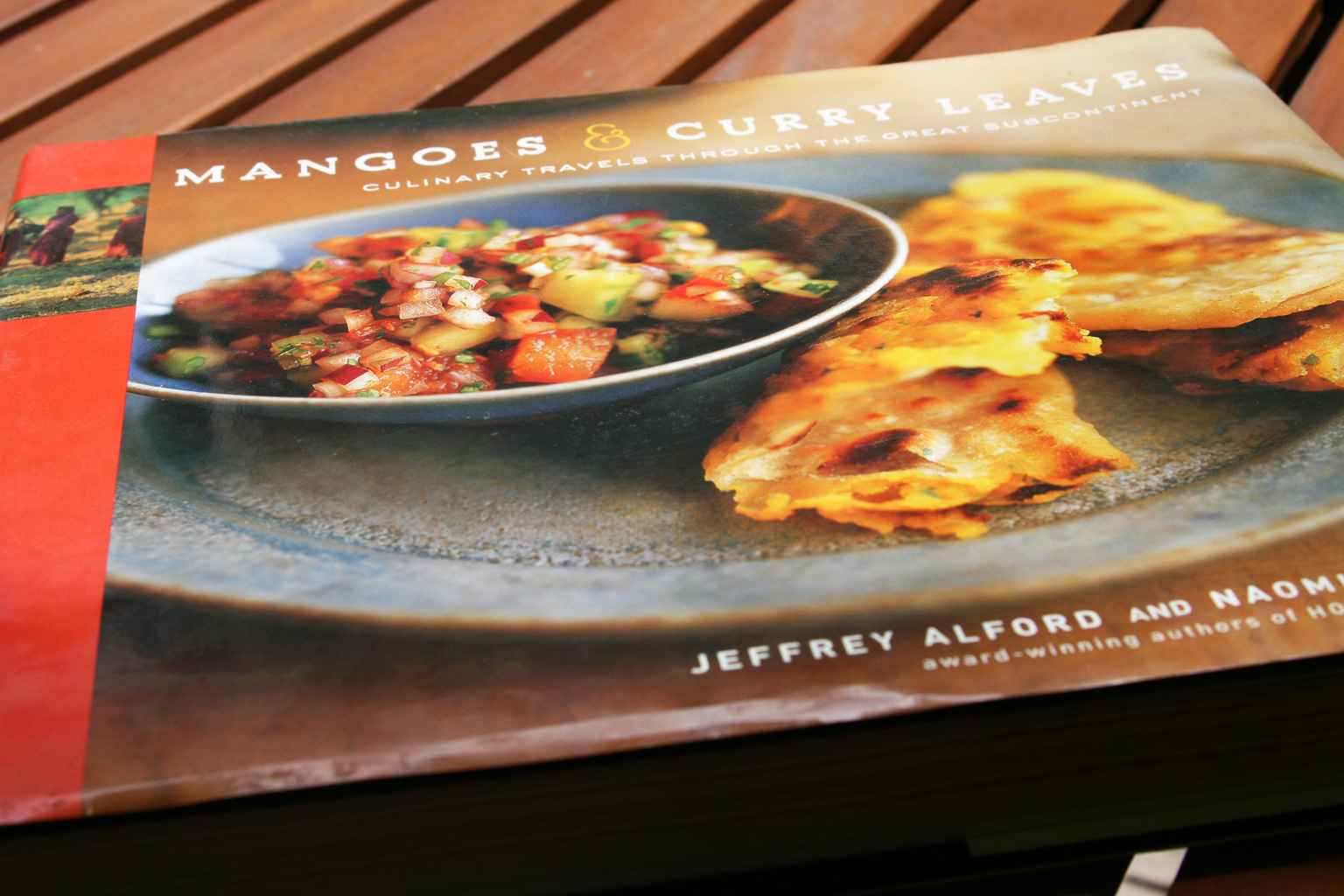
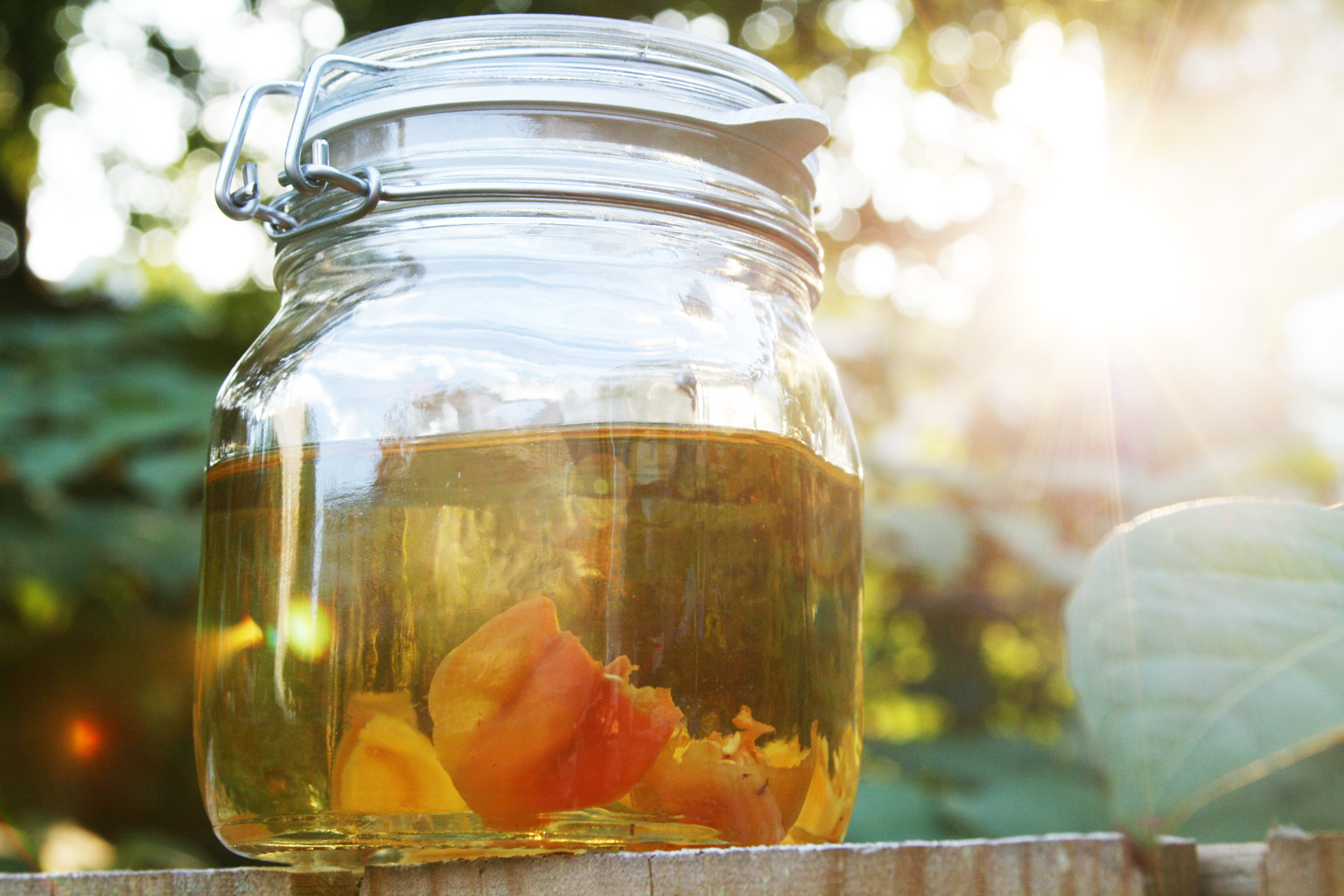 1. Listening to the excellent mariachi covers of Mexico’s Mariachi Rock-O, like their take on Morrissey’s “Everyday is Like Sunday” or Bob Marley’s “No Woman, No Cry”, both below;
1. Listening to the excellent mariachi covers of Mexico’s Mariachi Rock-O, like their take on Morrissey’s “Everyday is Like Sunday” or Bob Marley’s “No Woman, No Cry”, both below;







